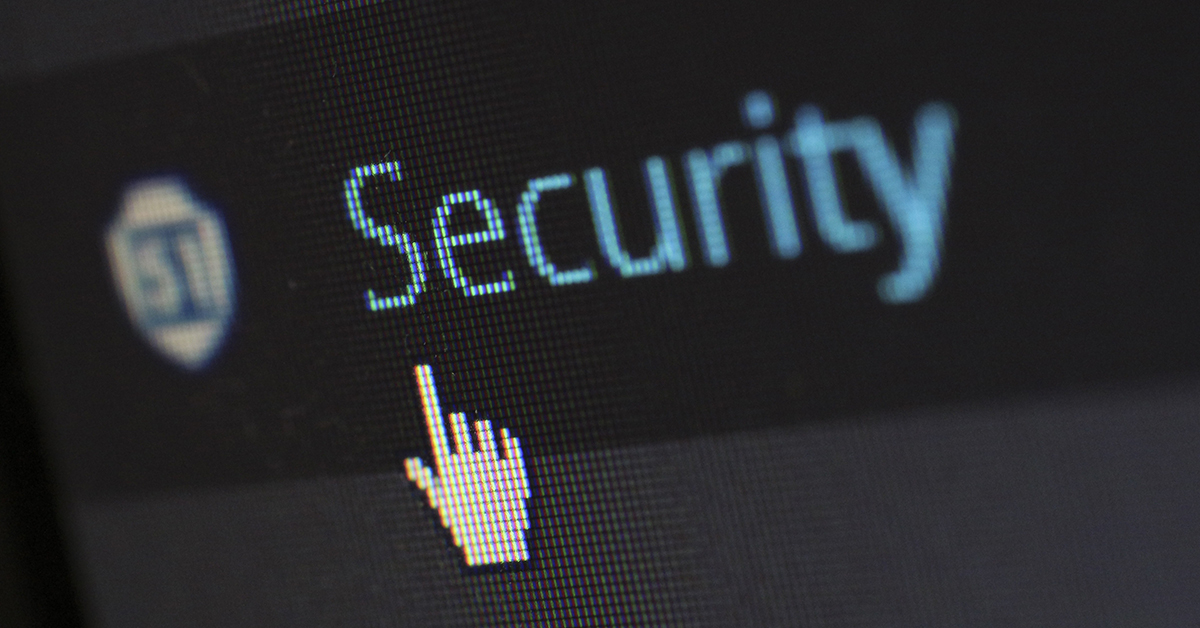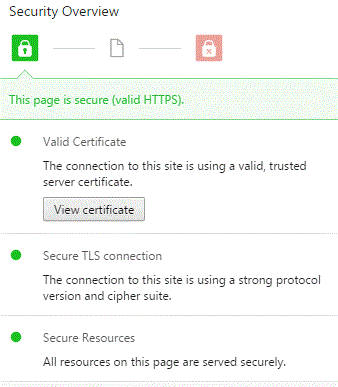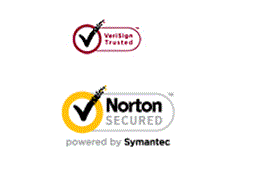
We are now living in a dynamic, complicated online world. We buy groceries, pay bills, buy plane tickets, trade stocks, transfer money, and do almost any financial transaction online, through the internet using your computer or cellphone.
“Identity Theft” is becoming more common. What is Identity Theft?
Identity Theft is a crime of obtaining the personal or financial information of another person for the sole purpose of assuming the person’s name or identity to make transactions or purchases. – Investopedia
Because of this you need to be a lot more careful when dealing any of your transactions online. Before paying your next online transaction, what do you need to look up to:
3 Things you need to look for in a Financial websites:
(where you do online financial transactions):
When visiting finance websites or any website that asks for sensitive information such as credit card numbers, bank account passwords or your personal information, it is very important to know if the website is a secured site. What to look for? See below:
1. Padlock symbol in the browser window frame

Pic above from BDO and BPI official website
Be sure to click on the “lock” icon to verify that a website is trustworthy. Do not simply look for the icon and assume a website is secure! Your web browser will have detailed information on the website’s authenticity if you click on the icon, so be sure to read this carefully before entering any of your information on the site.
You can even view the certificate if you click on the lock icon.

2. Look at the URL of the website. The web address should begin with ‘https://’

Pic above from BDO and BPI official website
The ‘s’ stand for ‘secure’ and is using an SSL (Secure Sockets Layer) connection. Your information will be encrypted before sent to a server.
3. Other signs like Norton or Verisign

The above indicate that the website owners have digital certificate that has been issued by a trusted third party, such as Verisign or Thawte or Norton.
What is a “certificate” – it is an encrypted file containing user or server identification information, which is used to verify a website owner’s identity and to help establish a security-enhanced link.
If the website has this certificate, this indicates that the information transmitted online from the website has been protected and encrypted from being intercepted and stolen by third parties.
“Encrypted” – applies to data which has been converted into cipher text (a type of code) to prevent from being understood by an unauthorized party.
Warning:
- If you can’t see any of those above: Don’t use online payment. Don’t input your credit card details.
- Always remember to log out of a secure website when you have completed your transaction, and before you close the browser. Closing the browser does not necessarily log you out.
- Ensure you have effective and updated antivirus/anti-spyware software and firewall running before you go online.
For Finance Blogs:
Information on the internet is not always true. Anybody can set up and publish anything they want in their blog sites.
They always make use of a “Click Bait Headlines” to make you visit their sites and get something from advertisements or impressions. Many sites even fabricate headlines, write quotes that are completely made up, and post photos that are inaccurate and misrepresented, for what? For many reasons we may never know.
No matter what their reasons are, as a responsible reader, you have to know if you are being fooled or not.
Here are 6 signs of how Trustworthy the Financial Blogs you follow:
1. Who authored or wrote the site?
Look at the “About” page link at the top, bottom or sidebar of the webpage.
- Does the author provide his/her credentials?
- What is his/her expertise in writing the article?
- Does he/she has the educational or experiential background to back up his/her knowledge of the subject?
- Try “Googling” the author in google.com
2. Look at the “Contact” Page
- Look at the “Contact” page link at the top, bottom or sidebar of the webpage.
- Is there a way to contact the author or writer?
- If there is, the site becomes more reliable since people can see who to contact.
- If it is impossible to get in touch with them for a feedback, inquiries or questions?
3. Suffix on the Domain name
The suffix is usually (but now always) describes the type of website it is. But also keep in mind that some suffixes are misleading. The suffix also tells you if it is a free site.
Some suffixes:
- .edu = educational
- .com = commercial
- .mil = military
- .gov = government
- .org = nonprofit
4. Free blogsites?
These are sites that do own their own domain name. Normally, they have a domain name that has ___wordpress, or ____blogspot in it.
Well I don’t generalize all free websites, there are some that are legitimate and some are informative. But most of free sites that I clicked on, contains virus, or even inappropriate photos not actually pertaining to its headline. As much as possible, I don’t click on those sites.
For other topics like beauty tips, travel tips, food, etc. Free blogsites may be used but personally, if the site is into financial advising, a paid site is much more reliable since a lot of free blog sites just fold up after a couple of posts. Paid sites means the author of the site is really serious in advising the public regarding financial matters, making it more reliable.
5. What is the main purpose of the site?
- A personal hobby?
- To sell a product?
- A public service?
- To provide general information?
6. Look at the quality of the site:
- Timeliness: when was the website first published?
- Is it regularly updated? Check the dates at the articles.
- Is the website professionally designed?
- What are the sources of the author?
- What type of sites link to the website you are evaluating? Are they reliable too?
When evaluating everything. Compare all the information you gathered and see the complete picture. Sometimes it may only boils down to your gut feel that tells you that something is wrong or the blog could really be trusted. To be better guided, look for other articles from known reliable sites that would tell you the same thing. To confirm that everything you are reading in your favorite blog site could be relied on.
For that: Check my MyFinanceMD’s trustworthiness:
Warning you to stay alert,

Read More:
- 10 Tips to Avoid Online Banking Scam
- Investment Scams: How Not to be a Victim?
- Doctor’s Biggest Mistakes in Choosing Financial Advisor
- 5 Insider Tips on Finding the Right Insurance Agent/Financial Advisor for You
Sources:
Get Safe Online Limited
BDO website
BPI website
Investopedia
Latest posts by Pinky De Leon-Intal, MD, RFC (see all)
- Say Goodbye to Chronic Lifestyle Diseases (Hypertension, Diabetes, Cancer, Gout, etc.) with Right Food and Right Water - 23 May, 2023
- Embracing Superpowers: A Mom’s Journey as a Doctor, Professor, and Financial Consultant - 19 May, 2023
- Celebrating the Power of Women: Honored by Philippine Daily Inquirer - 17 May, 2023

